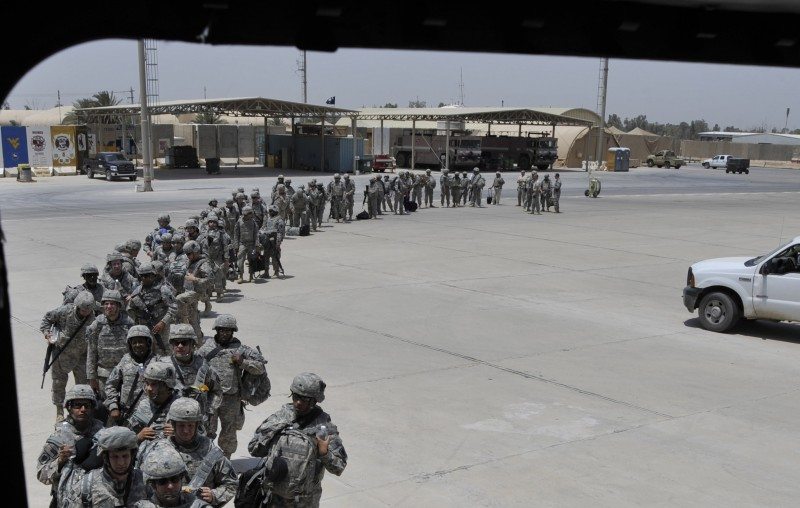The Army will become more capable through its planned drawdown of 80,000 soldiers and at least eight brigade combat teams, its chief of staff said today.
Gen. Raymond T. Odierno told reporters during a Pentagon news briefing that he is comfortable with the cut in end strength because it reflects changing national security needs, and will be spread over six years.
“An Army of 490,000 in 2017 will be fundamentally different and more capable than the Army of 482,000 that we had in 2001,” he said, noting that today’s troops are combat-seasoned from 10 years of war.
The drop from the current 570,000 soldiers is planned as part of the Defense Department’s long-term budget process, and in coordination with President Barack Obama’s 10-year military strategy released earlier this month. After five years of growing the Army to meet combat needs in Iraq and Afghanistan, Odierno said “the time is strategically right” to reduce end strength, especially since the strategy does not call for planning for large-scale ground wars.
“This will be done in a responsible and controlled manner,” he told reporters. “[Army] Secretary [John] McHugh and I are committed to walking down this hill at the ready, rather than running our nation’s Army off a cliff.”
Odierno called the process leading up to the strategy and budget proposal “unprecedented” in its collaboration with the services. The Army’s No. 1 priority of fighting and winning wars is “non-negotiable,” he said, “but that’s not the only role of the Army,” which provides a range of capabilities to joint forces.
Under the proposed budget, the Army would increase funding for special operations, cyber and aviation, while maintaining its reliance on a fully operational reserve, Odierno said. It will maintain readiness across its entire force to avoid “tiered readiness,” he said.
The Army will prioritize its presence in the Asia-Pacific region, which is home to seven of the world’s 10 largest armies, the general said, and continue to focus on the Middle East, while maintaining only a “small footprint” in Latin America and Africa.
At the same time, the Army will pull two heavy brigade combat teams out of Europe — one in 2013, and the other in 2014 — as part of a drawdown of at least eight brigade combat teams, Odierno said. The two European-based teams will be replaced with rotating training units, which likely will be battalions and companies, he said.
The change “will benefit all of us,” allowing for a better diversification of forces for NATO training, he said. “I really see this as a model for how we’ll do things in the future.”
A focus of the new military strategy is to maintain and build international partnerships for military collaboration, but, Odierno noted, “I still think we’re going to have plenty of capacity to lead with boots on the ground.”
The Army will save money by eliminating redundancies and trimming its headquarters budget, the general said. Also, Pentagon leaders will discuss with Congress the possibility of two more rounds of the Base Realignment and Closure process, he said, although the Army likely would be less affected because it has undergone heavy BRAC closures already.
The Army must curtail the rate of growth in personnel costs, Odierno said, but is not planning for pay cuts. And, most troop reductions will be done through attrition, he said.
Odierno, who previously headed U.S. Joint Forces Command, rejected suggestions that the Army is being looked at disproportionately for budget savings. “This is not about winners and losers,” he said, “it’s about coming up with the right joint force.”










